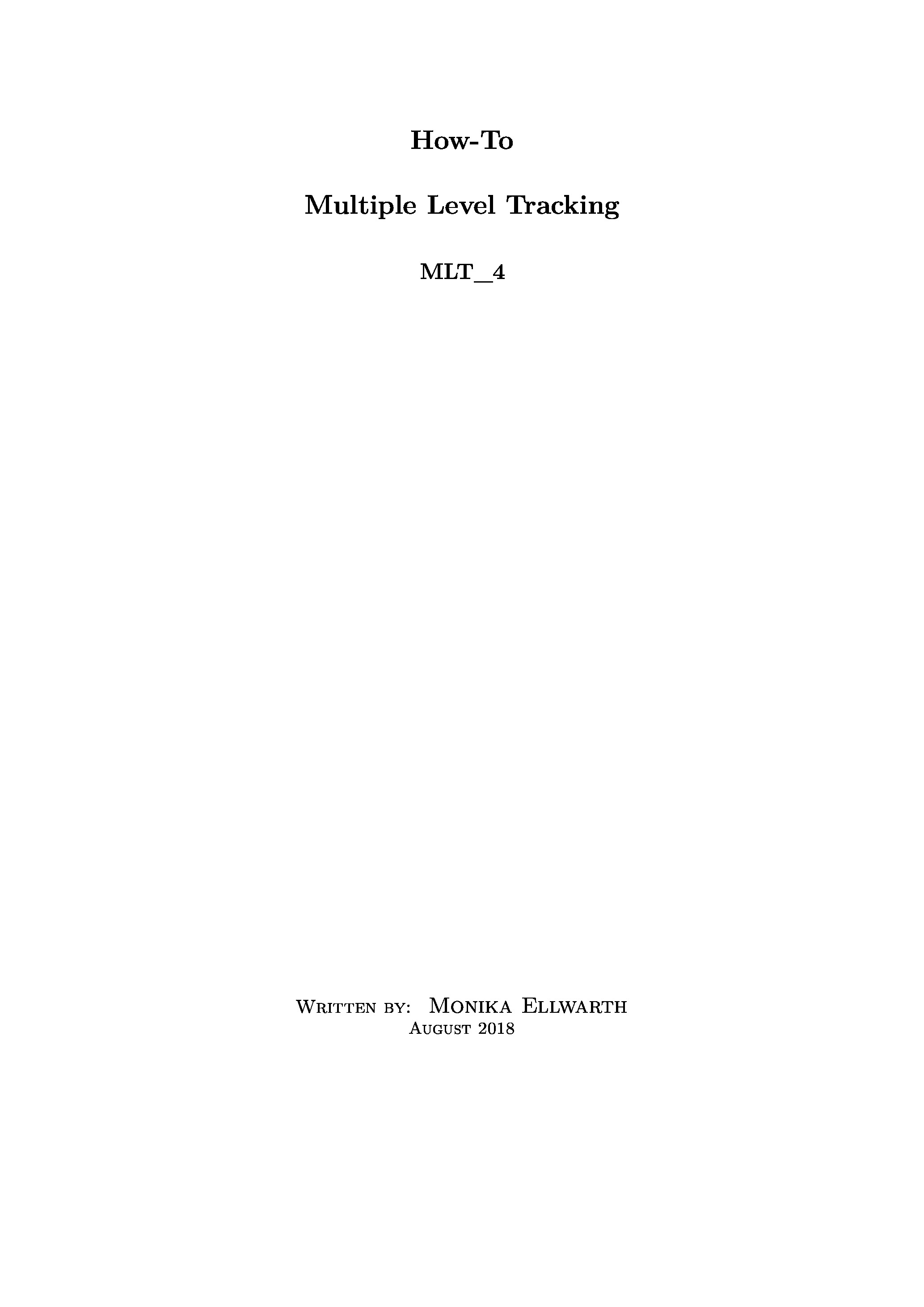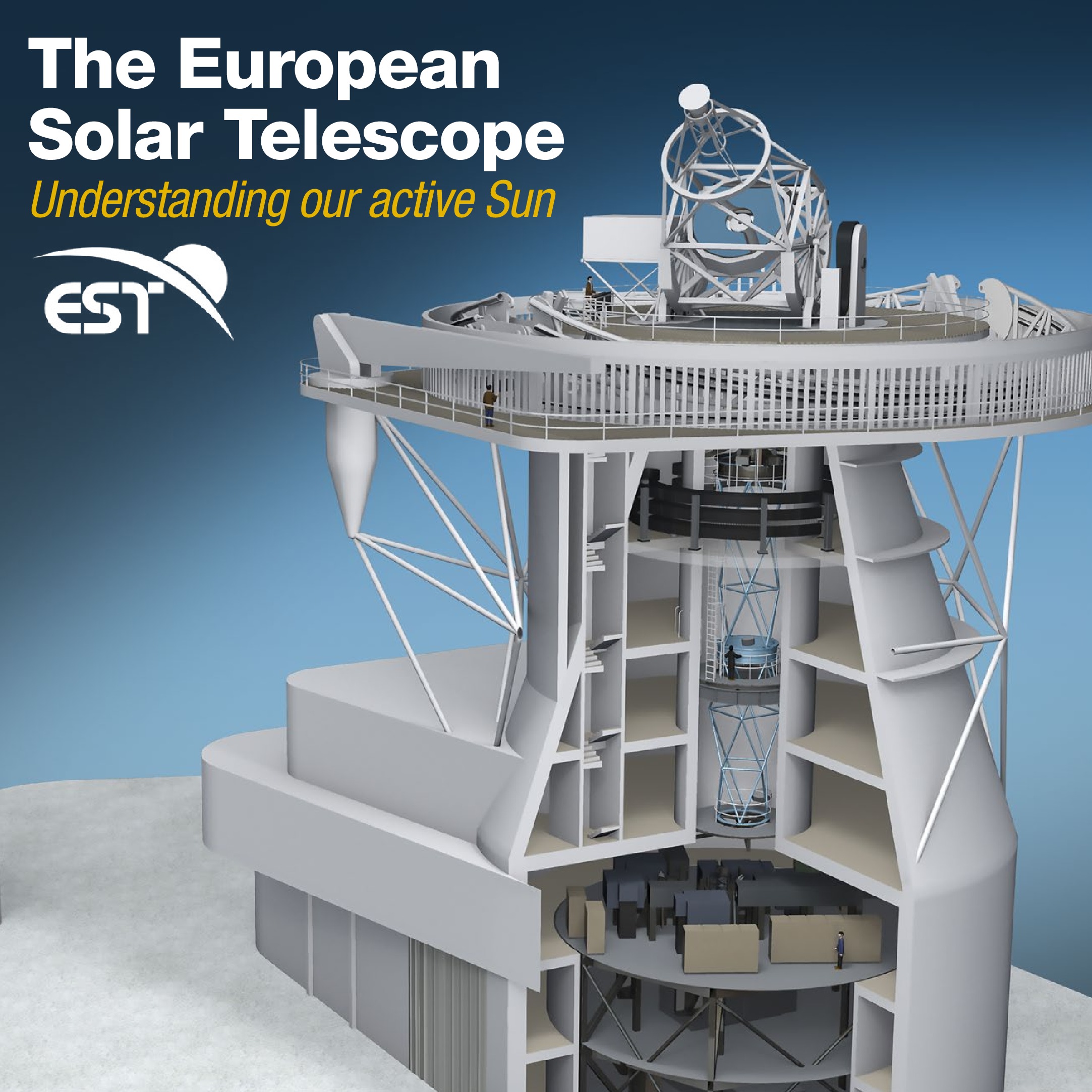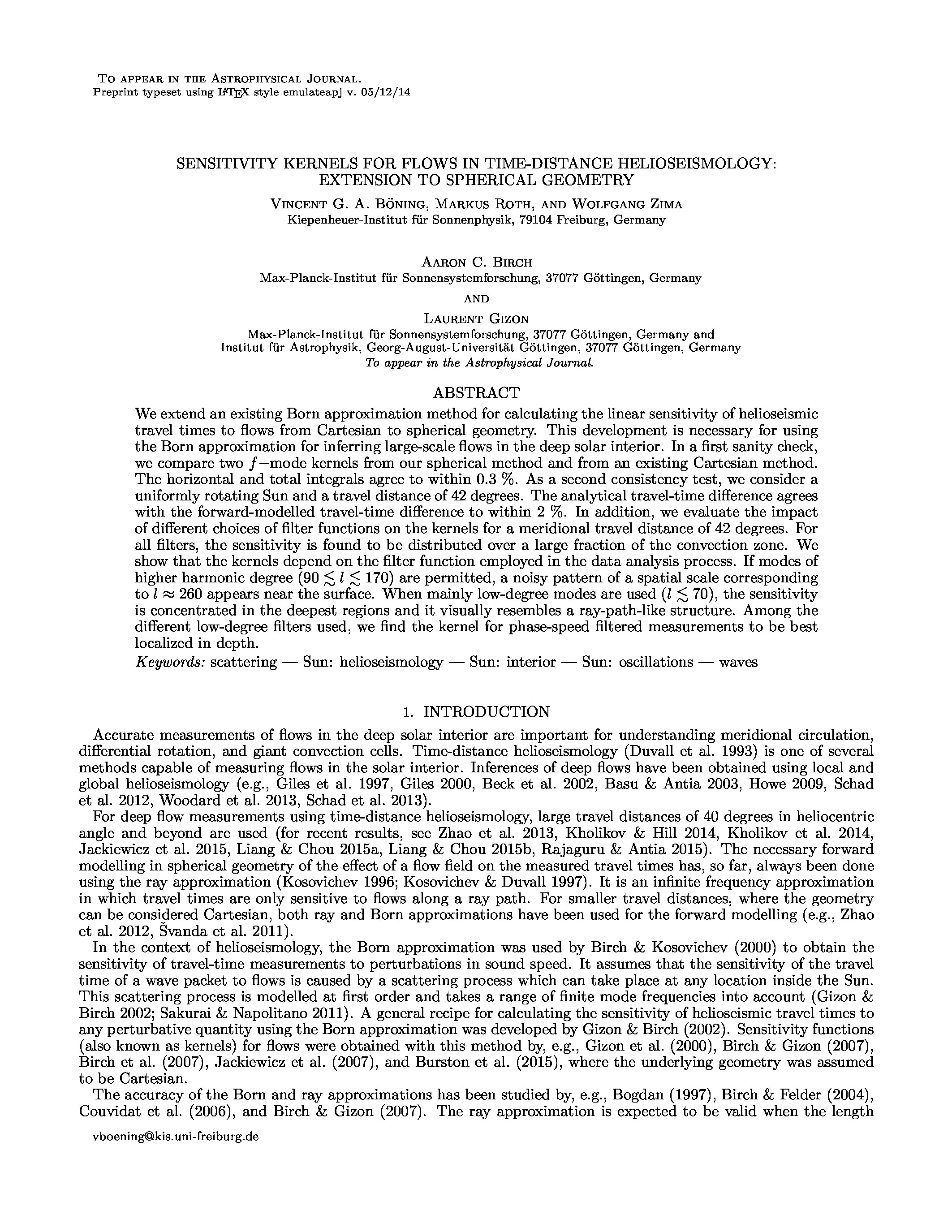Results were found under
videos, presentations, posters, papers .
There are no videos within this category so far.
There are no presentations within this category so far.
There are no posters within this category so far.
Astrophysics and Astrononmy
Solar Physics Research Integrated Network Group Science Requirement Document
Natural Sciences (Astrophysics a...
Date of upload:
05.10.2016
Co-author:
Frank Hill, Sanjay Gosain, Alexei Pevtsov, Rekha Jain, Michal Sobot...
Abstract:
This document is deliverable D80.1 of the Solarnet Work Package 80....
Inversions for Deep Solar Meridional Flow Using Spherical Born Kernels
Natural Sciences (Astrophysics a...
Date of upload:
28.07.2017
Co-author:
Markus Roth, Jason Jackiewicz, Shukur Kholikov
Abstract:
The solar meridional flow is a crucial ingredient in modern dynamo ...
How-To MLT_4
Natural Sciences (Astrophysics a...
Date of upload:
14.08.2018
Abstract:
Short How-To about how to call the MLT_ 4 recognition code.
The European Solar Telescope - Understanding Our Sun
Natural Sciences (Astrophysics a...
SOLARNET - High Resolution Solar Physics Network
Date of upload:
03.07.2018
Abstract:
Here you can download the EST Brochure.
Probing Magnetic Fields at the Base of the Solar Convection Zone with Meridional Flows
Natural Sciences (Astrophysics a...
Date of upload:
08.09.2015
Global helioseismic evidence for a deeply penetrating Solar meridional flow consisting of multiple flow cells
Natural Sciences (Astrophysics a...
Date of upload:
23.06.2015
Co-author:
Ariane Schad, Jens Timmer
Abstract:
We use a novel global helioseismic analysis method to infer the mer...
Design of a next generation synoptic solar observing network: solar physics research integrated network group (SPRING)
Natural Sciences (Astrophysics a...
Date of upload:
18.05.2018
Co-author:
Sanjay Gosain, Frank Hill, Alexei Pevtsov, Valentin M. Pillet, Mich...
Abstract:
Long-term synoptic observations of the Sun in different wavelength ...
Stellar magnetic activity and variability of oscillation parameters - An investigation of 24 solar-like stars observed by Kepler
Natural Sciences (Astrophysics a...
Date of upload:
07.11.2016
Co-author:
Ariane Schad, Guy Davies, and Markus Roth
Abstract:
Context. The Sun and solar-like stars undergo activity cycles for w...
Validation of Spherical Born Approximation Sensitivity Functions for Measuring Deep Solar Meridional Flow
Natural Sciences (Astrophysics a...
Date of upload:
18.04.2017
Co-author:
Markus Roth, Jason Jackiewicz, and Shukur Kholikov
Abstract:
Accurate measurements of deep solar meridional flow are of vital in...
Sensitivity Kernels for Flows in Time-Distance Helioseismology: Extension to Spherical Geometry
Natural Sciences (Astrophysics a...
Date of upload:
15.04.2016
Co-author:
Markus Roth, Wolfgang Zima, Aaron C. Birch, Laurent Gizon
Abstract:
We extend an existing Born approximation method for calculating the...
The Sun: a laboratory for stellar and plasma physics
Natural Sciences (Astrophysics a...
Date of upload:
27.03.2019
Abstract:
Community paper as part of the Denkschrift 2017 - Perspektiven der ...
Effects of Solar Magentic Fields on the Time-Distance Analysis of Solar Subsurface Merdional Flows
Natural Sciences (Astrophysics a...
Date of upload:
08.09.2015











